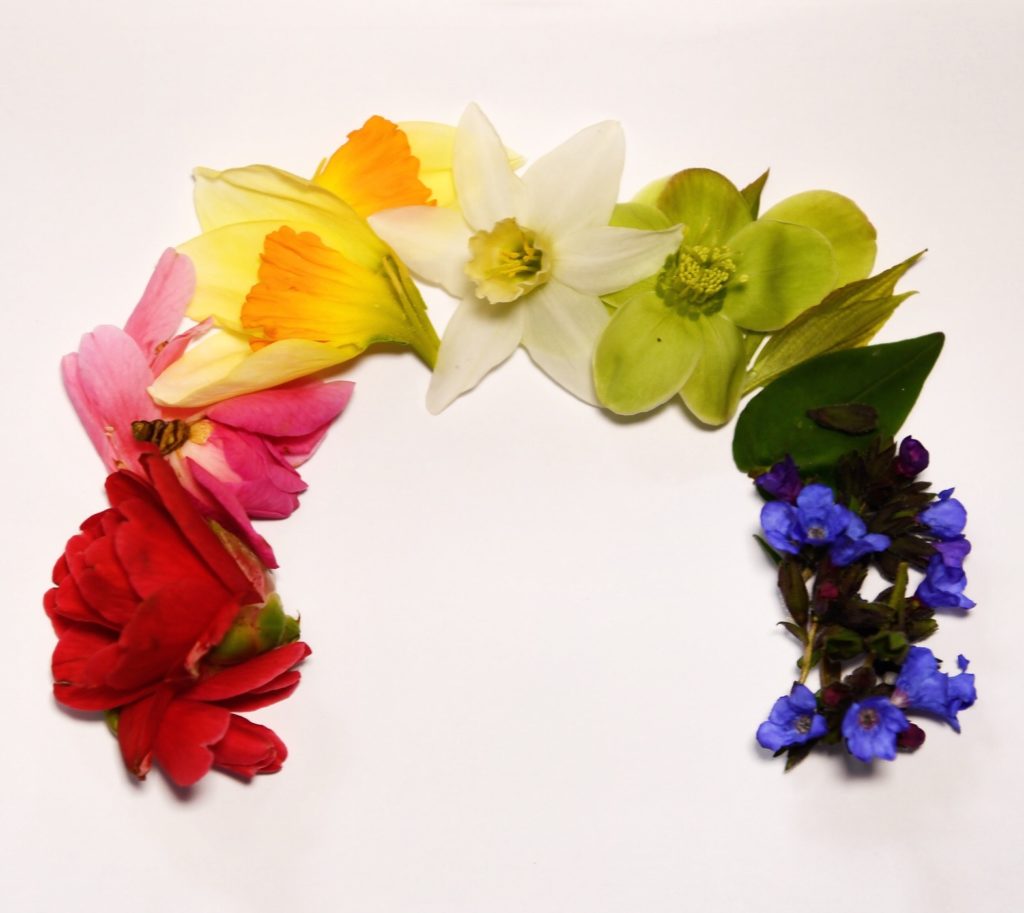
The rainbow symbol is used to represent peace, hope, joy, inclusion and diversity. During the current global health crisis created by the Covid-19 virus, it has also come to represent solidarity with health workers across the globe. Here in the UK we have the “Clap for our Carers” campaign at 8pm every Thursday evening. At the Royal Botanic Garden Edinburgh there is always something colourful in flower! I’ve selected a rainbow of flowers currently blooming in the Biodiversity Garden to show our support for our NHS, carers and key workers saving lives on the frontline.
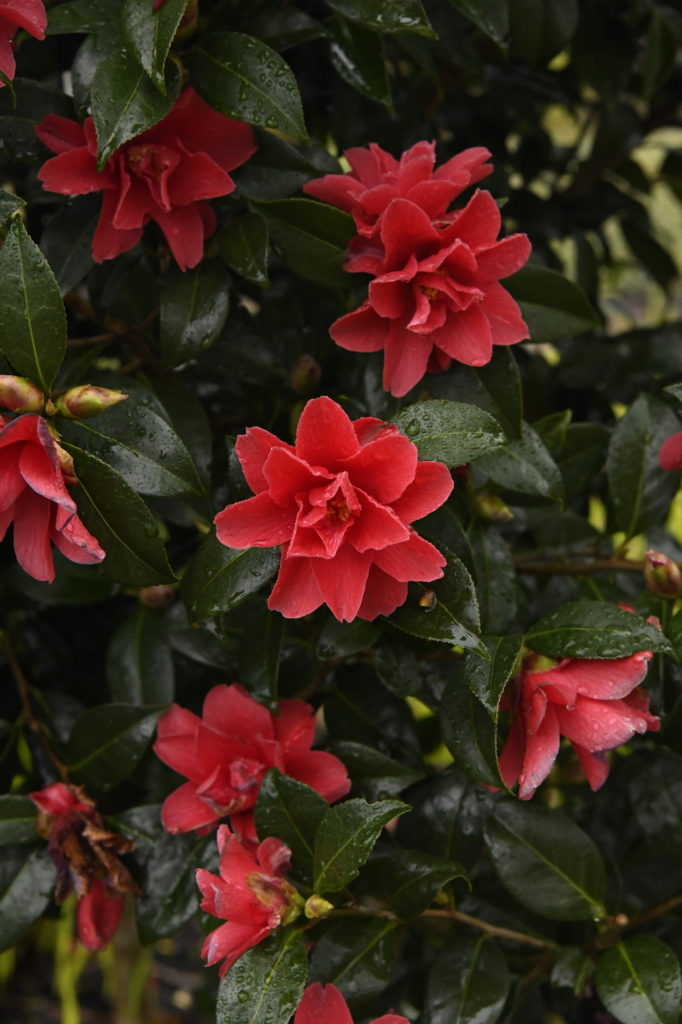
Red – Camellia x williamsii ‘Freedom Bell’
Camellias grow best in a neutral or acid soil; (pH 7 or below) that is humus-rich, moist and free-draining. They are happiest in a semi -shaded position with a westerly or sheltered northerly aspect. It is important to avoid south or east facing positions because the flowers may be damaged by the early morning sun following frosty nights. They also dislike exposed windy positions and conditions where the soil tends to become waterlogged in wet weather. The light dappled shade provided by trees and other shrubs is ideal as long as there is sufficient moisture at the roots throughout the year.
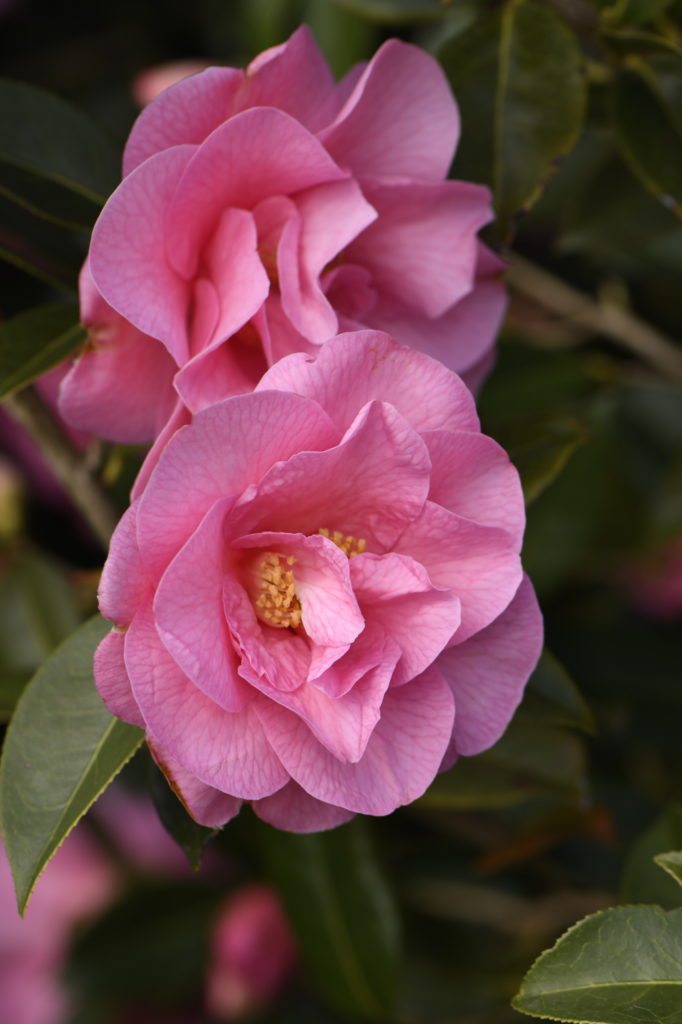
Pink – Camellia x williamsii ‘Brigadoon’
A very large flowering double pink Camellia. One of the finest Camellias to grow in a Scottish garden as it has the hardiest of buds and flowers of any type of Camellia. Good strong upright growth making it a fine specimen in our Biodiversity Garden.
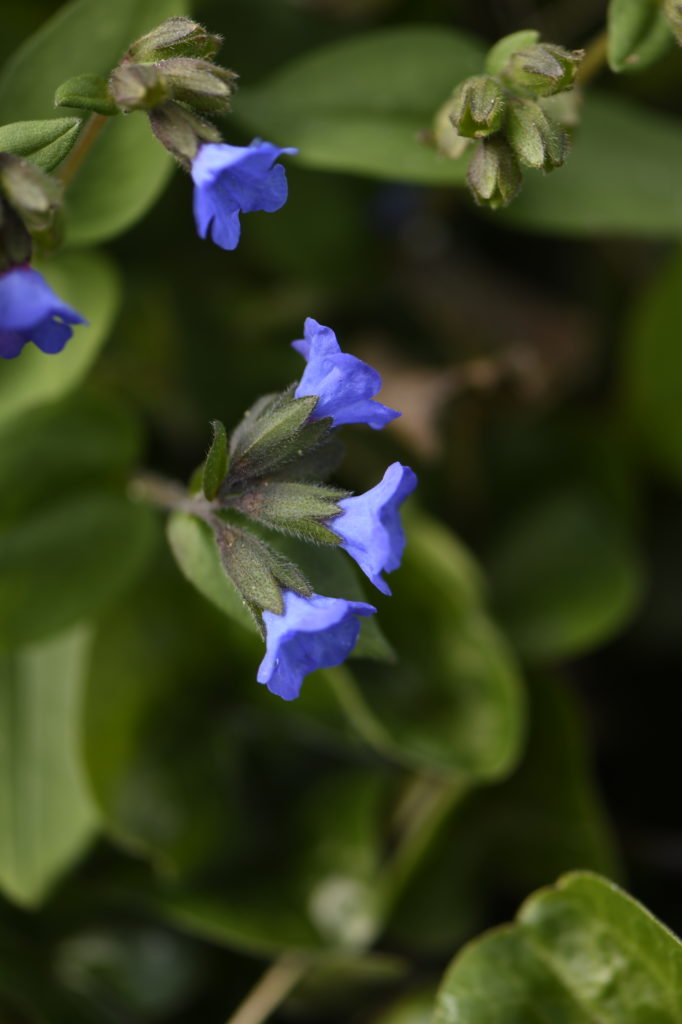
Blue – Pulmonaria angustifolia ‘Munstead Blue’
A clumping forming herbaceous perennial with small dark green leaves and attractive blue flowers in early Spring. Named after the famous woodland garden at Munstead Wood created by Edwardian plantswoman Gertrude Jeykll. It is a particularly lovely groundcover plant for moist shady areas. It is best practice to lift and divide large clumps every three to five years after flowering or in autumn. Cut the plant back to the ground if it becomes affected by mildew, water and feed – the plant will regenerate and produce new leaves later in the year.
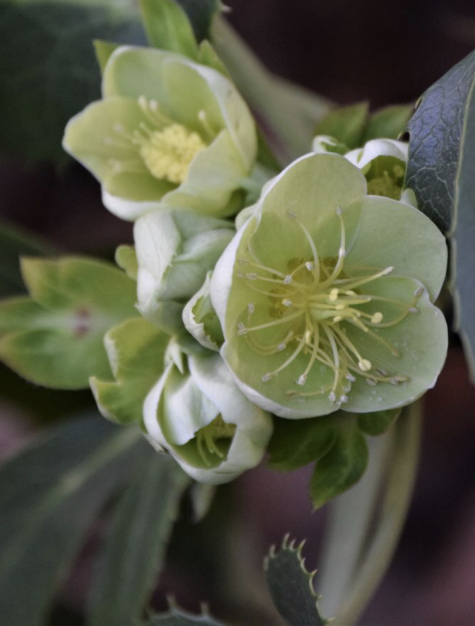
Green – Helleborus argutifolius
Helleborus argutifolius has bright lime green flowers which are set against spiny, evergreen foliage. The flowers appear in winter, and remain on the plant for a long time. A wonderful plant for growing in a shady border close to the house, where you can appreciate its late-winter interest. The Royal Horticultural Society has given this plant an Award of Garden Merit (AGM). Best grown in moist but well-drained soil in semi shade. Once the plant is established they dislike to be moved. Given the right growing conditions, it will self-seed quite sufficiently to provide replacements.
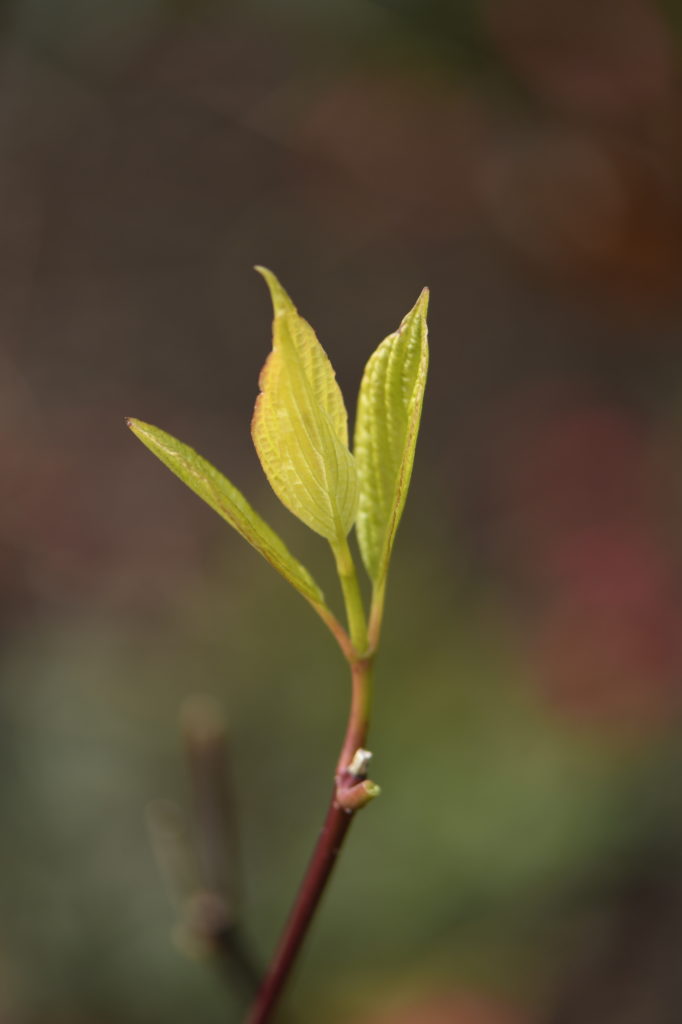
Green – Cornus alba ‘Sibirica’
This deciduous shrub has attractive dark green leaves and produces small, creamy-white flowers in May and June. At RBGE it is grown for its bright, coral-red stems that are revealed when the leaves fall during the winter months. This lovely dogwood looks stunning planted in groups, beside water, or in a winter garden. For best stem colour, cut new growth back hard to within 5-7cm from the ground in March and apply a generous mulch of well-rotted garden compost or manure around the base of the plant.
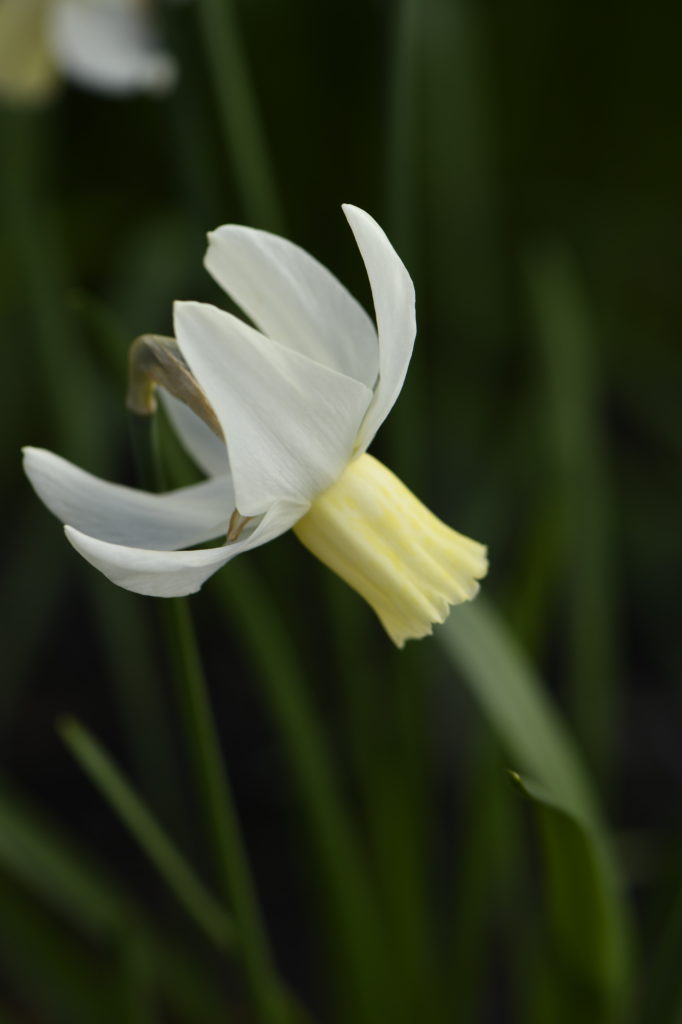
Yellow – Narcissus ‘Jenny’
This attractive daffodil has nodding flowers with creamy petals and long lemon trumpets which fade quickly to soft white. It makes a lovely planting combination if you plant it with contrasting Scillas and Muscaris. This daffodil has been awarded an Award of Garden Merit by the Royal Horticultural Society.
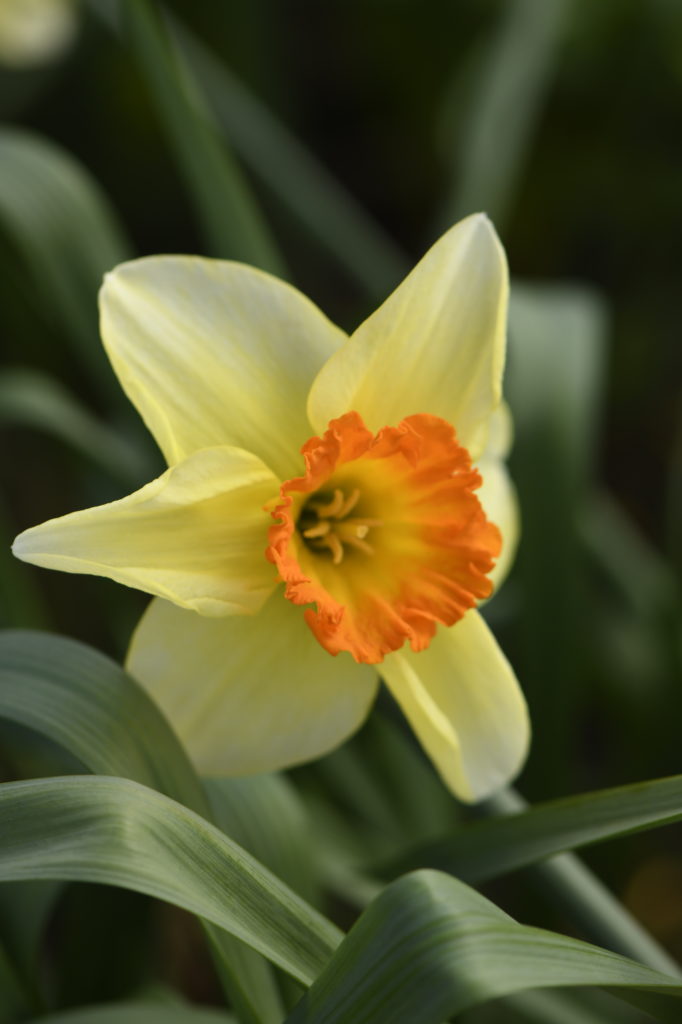
Yellow – Narcissus ‘Belisana’
‘Belisana’ is a clump-forming bulbous perennial with strap-shaped leaves. Its flowers have creamy-white petals and in the centre orange cups with darker frilled edges that bloom in Spring.
Daffodil bulbs planted in the autumn produce hardy, easy to grow Spring flowers that thrive in both sun or part shade. As an additional bonus, bulbs multiply rapidly in just 2 to 3 years after planting. So you can have double what you started with, making them reliable workhorses in every garden.
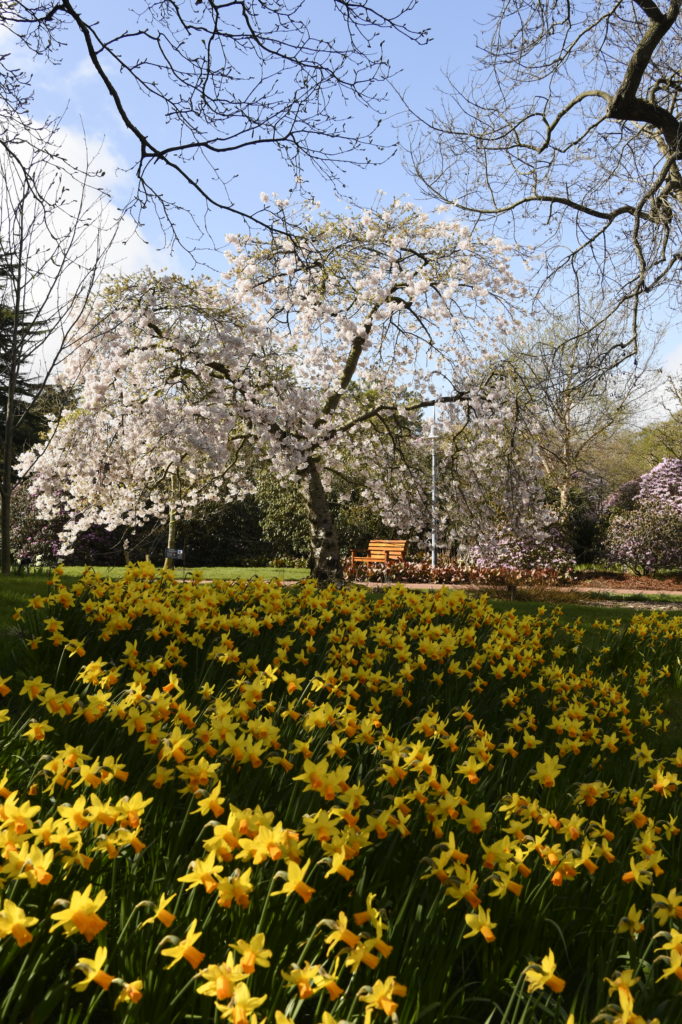
The Gardens may be closed but Spring isn’t cancelled!
The closure of the Gardens has adapted the way we work and operate. Only a small number of frontline horticulture staff are on site to tend to our world-leading collection of plants. As guardians of Scotland’s National Botanic Collection, they are doing an exceptional job under difficult and challenging circumstances.
Even though the Royal Botanic Garden Edinburgh is temporarily closed, our plants are still growing. See what’s in full bloom… and enjoy the beauty of our gardens from your home through Virtual Spring and through our social media channels. This is a digital journey into Spring with us. In this way you can stay connected until we can once again be together in our gardens.
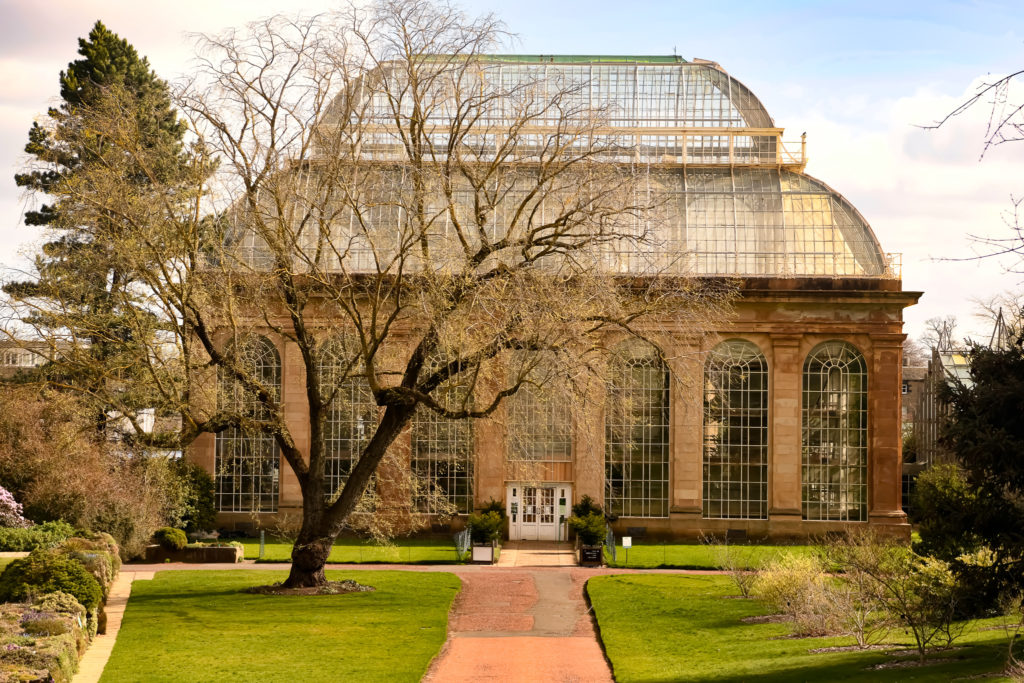

Ann
Lovely to see that nature is not affected by the state we are in! I miss my walk in the Botanics but this is second best, thanks.